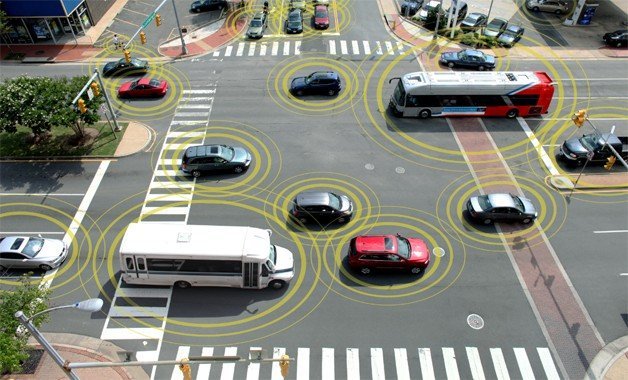US Launch Largest-Ever Road Test Of Connected Vehicles

As part of its Safety Pilot program, the Department of Transportation has announced plans for the largest-ever real-world test of V2V and V2I technologies consisting of almost 3,000 cars, trucks and buses in Ann Arbor, Mich.
V2V and V2I allow vehicles to connect and communicate with one another along with roadways and intersections using a wifi signal with the intention of reducing vehicle collisions in the instances such as rear-end collisions, blind intersections, vehicles running a red light or vehicles changing lanes when another vehicle is in its blind spot. Automakers, including General Motors and Ford Motor Company have already been testing intelligent vehicles, but the benefit of a government-sponsored program like this is that it could create a universal language for vehicles to communicate with each other rather than each automaker coming up with its system independently.
Both GM and Ford are supplying vehicles for this program, but there will also be extensive feedback received from drivers. Ahead of its real-world tests, the DOT conducted a study that found 90-percent of drivers who experienced V2V and V2I had a "highly favorable opinion" of the technologies. Safety Pilot will last for a year, and the data collected will help the National Highway Traffic Safety Administration determine how the technology can be used in the future, along with what, if any, laws need to be made regarding V2V and V2I.
GM says that it can start offering this technology in its cars by the end of this decade and Ford says it has already started developing Intelligent Vehicles.
Related News


